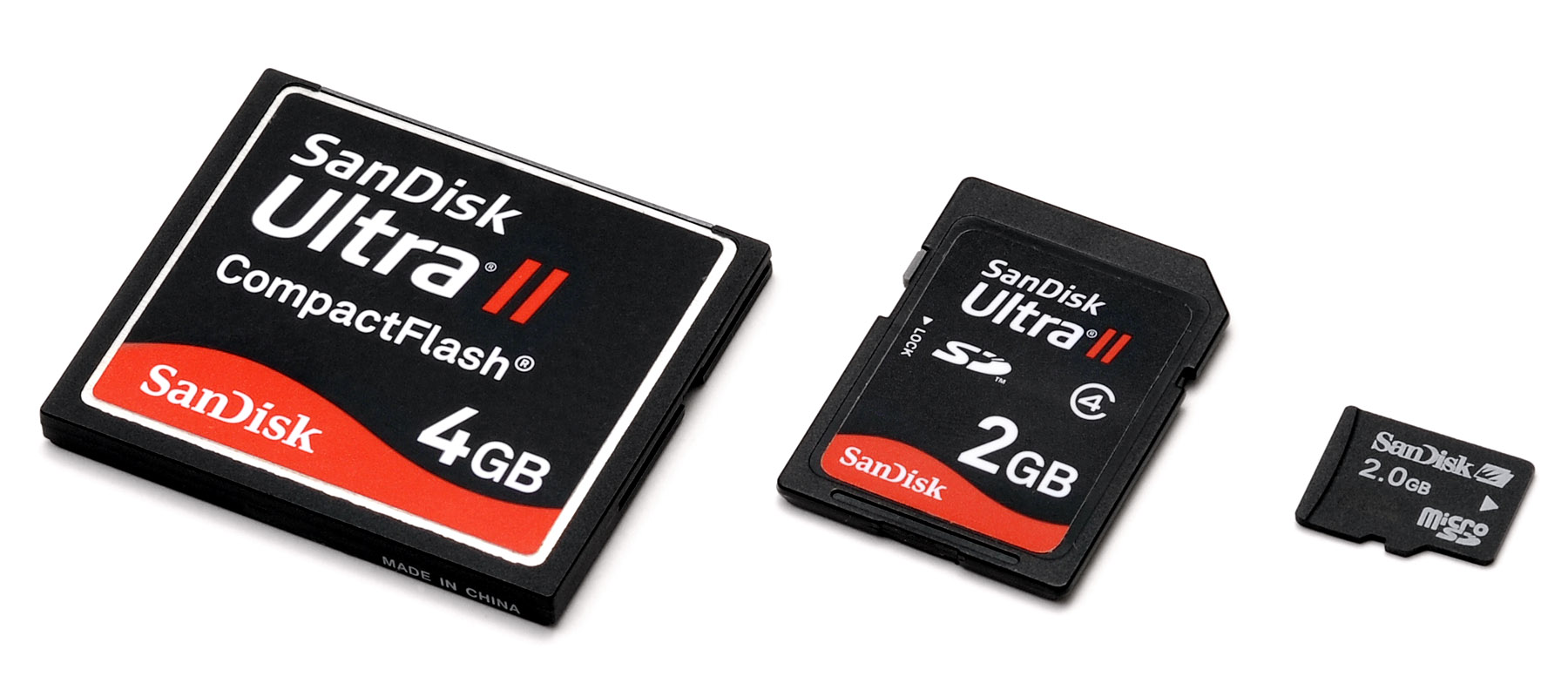|
Agfa Digital Cameras
Agfa produced a number of mostly consumer-oriented digital cameras from the mid-1990s to the early 2000s. *Agfa StudioCam (1995) (professional digital camera, first ever to be produced and sold in quantity) * Agfa ActionCam (1995) (Professional/prosumer DSLR) *Agfa ePhoto 1280 (1997) (0.7 megapixel (MP), used SmartMedia) *Agfa ePhoto 1680 (1998, (1.2 MP) *Agfa ePhoto CL50 (1999, (1.2 MP) *Agfa ePhoto CL30 (1999, 0.9 MP, used CompactFlash) *Agfa ePhoto CL30 Clik! (1999, 0.9 MP, uses Iomega Clik! (later renamed PocketZip) disks as memory card) *Agfa ePhoto CL18 (2000, 0.3 MP) *Agfa ePhoto CL45 (2001, 0.7 MP) *Agfa ePhoto CL20 (2000, 0.8 MP) *Agfa ePhoto CL34 (2000, 1.3 MP) *Agfa ePhoto 307 (1997) *Agfa ePhoto 780 *Agfa ePhoto 780c *Agfa ePhoto Smile (0.3 mp) *AgfaPhoto DC-630i (~2006, 6.0 MP) Agfa photo 1280.jpg, Agfa ePhoto 1280 Agfa ePhoto CL-30.jpg, Agfa ePhoto CL30 Agfa ePhoto CL18 - Front.JPG, Agfa ePhoto CL18 Agfa ephoto 307.jpg, Agfa ePhoto 307 Agfa ephoto 780.jpg, Agfa ePho ... [...More Info...] [...Related Items...] OR: [Wikipedia] [Google] [Baidu] |
Agfa
Agfa-Gevaert N.V. (Agfa) is a Belgian-German multinational corporation that develops, manufactures, and distributes Analog photography, analogue and digital imaging products, software, and systems. The company began as a dye manufacturer in 1867. In 1925, the company merged with several other German chemical companies to become chemicals giant IG Farben. IG Farben would go on to play major role in the economy of Nazi Germany. It extensively employed Forced labour under German rule during World War II, forced labour during the Nazi period, and produced Zyklon B poison gas used in the Holocaust. IG Farben was disestablished by the Allies in 1945. AGFA was reconstituted (as a subsidiary of Bayer) from the remnants of IG Farben in 1952. Agfa photographic film and cameras were once prominent consumer products. In 2004, the consumer imaging division was sold to a company founded via management buyout. AgfaPhoto, AgfaPhoto GmbH, as the new company was called, filed for bankruptcy after ... [...More Info...] [...Related Items...] OR: [Wikipedia] [Google] [Baidu] |
Digital Camera
A digital camera, also called a digicam, is a camera that captures photographs in Digital data storage, digital memory. Most cameras produced today are digital, largely replacing those that capture images on photographic film or film stock. Digital cameras are now widely incorporated into mobile devices like smartphones with the same or more capabilities and features of dedicated cameras. High-end, high-definition dedicated cameras are still commonly used by professionals and those who desire to take higher-quality photographs. Digital and digital movie cameras share an optical system, typically using a Camera lens, lens with a variable Diaphragm (optics), diaphragm to focus light onto an image pickup device. The diaphragm and Shutter (photography), shutter admit a controlled amount of light to the image, just as with film, but the image pickup device is electronic rather than chemical. However, unlike film cameras, digital cameras can display images on a screen immediately afte ... [...More Info...] [...Related Items...] OR: [Wikipedia] [Google] [Baidu] |
Agfa ActionCam
The Minolta RD-175 was an early digital SLR, introduced in 1995. Minolta combined an existing SLR with a three way splitter and three separate CCD image sensors, giving 0.41 megapixels (MP) of resolution. The base of the DSLR was the Minolta Maxxum 500si Super, marketed as the Dynax 500si Super in Europe and as Alpha 303si Super in Asia. Agfa produced a version of the RD-175, which retailed as the Agfa ActionCam. The RD-175 was also notable as the first consumer digital camera to be used in a professional stop motion production, being used to create the full-motion claymation adventure video game ''The Neverhood''. Technology The camera uses Minolta A-mount lenses with a crop factor of 2. The light entering the central 12 mm × 16 mm area of the RD-175's focal plane was compressed by 0.56x relay optics behind the focal plane, similar to the optical reduction system used in the Nikon E series. The light bundled on the smaller sensor area increased the effective sensitivity ... [...More Info...] [...Related Items...] OR: [Wikipedia] [Google] [Baidu] |
Prosumer
A prosumer is an individual who both consumes and produces. The term is a portmanteau of the words '' producer'' and ''consumer''. Research has identified six types of prosumers: DIY prosumers, self-service prosumers, customizing prosumers, collaborative prosumers, monetised prosumers, and economic prosumers. The terms ''prosumer'' and ''prosumption'' were coined in 1980 by Alvin Toffler, an American futurist, and were widely used by many technology writers of the time. Technological breakthroughs and a rise in user participation blurs the line between production and consumption activities, with the consumer becoming a prosumer. Definitions and contexts Prosumers have been defined as "individuals who consume and produce value, either for self-consumption or consumption by others, and can receive implicit or explicit incentives from organizations involved in the exchange." The term has since come to refer to a person using commons-based peer production. In the digital and ... [...More Info...] [...Related Items...] OR: [Wikipedia] [Google] [Baidu] |
DSLR
A digital single-lens reflex camera (digital SLR or DSLR) is a digital camera that combines the optics and mechanisms of a single-lens reflex camera with a solid-state image sensor and digitally records the images from the sensor. The reflex design scheme is the primary difference between a DSLR and other digital cameras. In the reflex design, light travels through the lens and then to a mirror that alternates to send the image to either a prism, which shows the image in the optical viewfinder, or the image sensor when the shutter release button is pressed. The viewfinder of a DSLR presents an image that will not differ substantially from what is captured by the camera's sensor, as it presents it as a direct optical view through the main camera lens rather than showing an image through a separate secondary lens. DSLRs largely replaced film-based SLRs during the 2000s. Major camera manufacturers began to transition their product lines away from DSLR cameras to mirrorless interc ... [...More Info...] [...Related Items...] OR: [Wikipedia] [Google] [Baidu] |
Megapixel
In digital imaging, a pixel (abbreviated px), pel, or picture element is the smallest addressable element in a Raster graphics, raster image, or the smallest addressable element in a dot matrix display device. In most digital display devices, pixels are the smallest element that can be manipulated through software. Each pixel is a Sampling (signal processing), sample of an original image; more samples typically provide more accurate representations of the original. The Intensity (physics), intensity of each pixel is variable. In color imaging systems, a color is typically represented by three or four component intensities such as RGB color model, red, green, and blue, or CMYK color model, cyan, magenta, yellow, and black. In some contexts (such as descriptions of camera sensors), ''pixel'' refers to a single scalar element of a multi-component representation (called a ''photosite'' in the camera sensor context, although ''wikt:sensel, sensel'' is sometimes used), while in yet ... [...More Info...] [...Related Items...] OR: [Wikipedia] [Google] [Baidu] |
SmartMedia
SmartMedia is an obsolete flash memory, flash memory card standard owned by Toshiba, with capacities ranging from 2 MB to 128 MB. The format mostly saw application in the early 2000s in digital cameras and audio production. SmartMedia memory cards are no longer manufactured. History The SmartMedia format was launched in the summer of 1995 to compete with the Miniature Card, MiniCard, CompactFlash, and PC Card formats. Although memory cards are nowadays associated with digital cameras, digital audio players, Personal digital assistant, PDAs, and similar devices, SmartMedia was pitched as a successor to the computer floppy disk. Indeed, the format was originally named Solid State Floppy Disk Card (SSFDC), and the physical design resembles a miniature 3.5" floppy disk. The SSFDC forum, a consortium aiming to promote SSFDC as an industry standard, was founded in April 1996, consisting of 37 initial members. A SmartMedia card consists of a single NAND flash chip embedded in ... [...More Info...] [...Related Items...] OR: [Wikipedia] [Google] [Baidu] |
CompactFlash
CompactFlash (CF) is a flash memory mass storage device used mainly in portable electronic devices. The format was specified and the devices were first manufactured by SanDisk in 1994. CompactFlash became one of the most successful of the early memory card formats, surpassing Miniature Card and SmartMedia. Subsequent formats, such as MMC/ SD, various Memory Stick formats, and xD-Picture Card offered stiff competition. Most of these cards are smaller than CompactFlash while offering comparable capacity and speed. Proprietary memory card formats for use in professional audio and video, such as P2 and SxS, are faster, but physically larger and more costly. CompactFlash's popularity is declining as CFexpress is taking over. As of 2022, both Canon and Nikon's newest high end cameras, e.g. the Canon EOS R5, Canon EOS R3, and Nikon Z 9 use CFexpress cards for the higher performance required to record 8K video. Traditional CompactFlash cards use the Parallel ATA interf ... [...More Info...] [...Related Items...] OR: [Wikipedia] [Google] [Baidu] |
Memory Card
A memory card is an electronic data storage device used for storing digital information, typically using flash memory. These are commonly used in digital portable electronic devices, such as digital cameras as well as in many early games consoles such as the Neo Geo. They allow adding memory to such devices using a card in a socket instead of protruding USB flash drives. Common types of flash memory card include SD cards (including microSD), Sony's Memory Stick and CompactFlash. , SD cards are the most common type of memory cards. History The basis for memory card technology is flash memory. It was invented by Fujio Masuoka at Toshiba in 1980 and commercialized by Toshiba in 1987. The development of memory cards was driven in the 1980s by the need for an alternative to floppy disk drives that had lower power consumption, had less weight and occupied less volume in laptops. Some were also marketed as a lower cost alternative to ROM cartridges. Several competing and inc ... [...More Info...] [...Related Items...] OR: [Wikipedia] [Google] [Baidu] |
List Of Digital Camera Brands
This is a list of digital camera brands. Former and current brands are included in this list. With some of the brands, the name is licensed from another company, or acquired after the bankruptcy of an older photographic equipment company. The actual manufacture of a camera model is performed by a different company in many cases. In many cases brands are limited to certain countries. Not all brands of devices that can take digital images are listed here, including many industrial digital camera brands, some webcam brands, brands of cell phones that feature cameras, and brands of video cameras that can take digital stills. Defunct brands are listed separately. Active consumer camera brands , these brands offer some combination of compact digital cameras, bridge camera, digital single-lens reflex cameras (DSLRs), and mirrorless interchangeable lens cameras (MILCs): Other active brands These brands offer only non-camera digital imaging devices, or non-consumer digital came ... [...More Info...] [...Related Items...] OR: [Wikipedia] [Google] [Baidu] |
Microdrive
The Microdrive was a miniature, 1-inch hard disk drive released in 1998 by IBM. The idea was originally created in 1992 by duTimothy J. RileyanThomas R. Albrechtat the Almaden Research Center in San Jose. A team of engineers and designers at IBM's Fujisawa, Japan facility helped make the creation of the drive possible. Due to the failure of the Kittyhawk, a 1.3-inch hard disk drive also created in 1992 by Hewlett Packard, initial support for it was reluctant. Despite that, development persisted. The Microdrive caused the creation of and used the CompactFlash Type II format which became the ''de facto'' standard for devices utilizing the technology at the time. Because of this, and its advantages over flash technology, the Microdrive ended up being a success. Although a niche for a short time, the Microdrive market later became very competitive. Many companies began producing miniature hard disk drives also referred to as Microdrives. Some offered more storage capacity or w ... [...More Info...] [...Related Items...] OR: [Wikipedia] [Google] [Baidu] |





